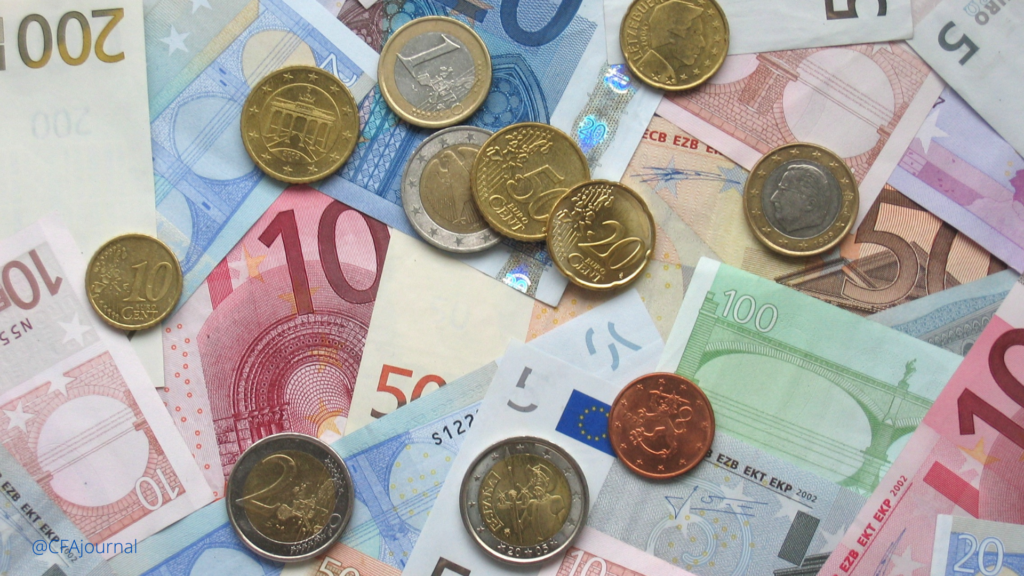
Companies generate finance through many different sources. The main source of finance for them is equity.
Equity consists of the equity instruments of a company, usually ordinary shares, issued to shareholders.
A company issues these shares to its shareholders in exchange for compensation. Once shareholders buy shares, they can exchange them on the stock market.
Similarly, even investors that don’t buy shares directly issued by a company can purchase its shares and become a shareholder.
Apart from the initial issue of shares, any subsequent transactions do not affect a company’s accounts.
They do affect other aspects such as ownership of the company, though. Under some laws, companies must also keep track of their shareholders, especially majority shareholders.
However, the process does not have any financial impact.
The price of a stock in the stock market depends on several factors, which may differ from its issue price. However, the price of a stock in the market also affects its issue price.
All stocks have a par value, which is their original price. However, a company may charge more for its shares above its par value.
In that case, the company must split the amount it receives for the stock into par value and excess of par value.
It must take the par value to the paid-in capital account and any amount received more than par to the additional paid-in capital account.
For example, if the par value of a company’s stock is $100 and it receives $150 for it, it must split it into its par value, $100, and the excess of par value, $50.
The company must take the $100 into its paid-in capital account and the $50 to its additional paid-in capital account.
Some companies may also refer to the paid-in capital account as share capital and the additional paid-in capital account as share premium.
What causes changes in additional paid-in capital?
There are different reasons for changes in the additional paid-in capital account. The account balance can either increase or decrease.
However, it usually does not decrease unless in some specific cases, requiring a company reduces the additional paid-in capital account before reducing the paid-in capital account.
New share issues
An increase in the additional paid-in capital balance of a company usually occurs during new share issues.
As mentioned above, if the company receives compensation above the par value of the shares, it will affect the additional paid-in capital of the company.
It is because accounting standards require the paid-in capital balance of a company to reflect only the par value of its issued shares.
However, since the company receives a higher compensation, it must also record the excess amount.
Therefore, it uses the additional paid-in capital account as a reserve account to reflect the excess above-par amount it receives for issuing new shares.
Preferred shares issues
Apart from ordinary shares, companies can also issue preferred shares. Preferred shares give the holder a preference over ordinary shareholders when a company pays dividends or during liquidation.
Similar to ordinary shares, preferred shares also have a par value. If the company receives compensation over the par value of the preferred stock, it must record the excess amount in the additional paid-in capital account.
Therefore, it can also cause an increase in the account.
Stock buybacks
Stock buybacks can also cause a change in the additional paid-in capital balance of a company. However, instead of increasing it, stock buybacks result in a decrease in it.
Stock buybacks are when a company decides to buy back its already issued shares from its existing shareholders.
Stock buybacks have the opposite effect of a new share issue for a company.
However, a company must first net off the compensation it pays for stock buybacks against the additional paid-in capital balance and then the paid-in capital balance.
Liquidating dividends
When a company wants to pay dividends but does not have enough cash reserves to do so, it can use the additional paid-in capital account for it.
That is known as liquidating dividends. Liquidating dividends, like stock buybacks, negatively impact a company’s additional paid-in capital account, instead of increasing it.
When liquidating dividends, a company must net off any excess dividends against its additional paid-in capital balance before setting it off against the paid-in capital balance.
Conclusion
The additional paid-in capital account of a company includes payments it receives more than the par value of its shares for newly issued shares. Additional paid-in capital can change due to several factors.
Usually, a new issue of shares or preferred shares above their par value will increase a business’s additional paid-in capital account.
On the other hand, stock buyouts and liquidating dividends may cause a decrease in the account balance.

